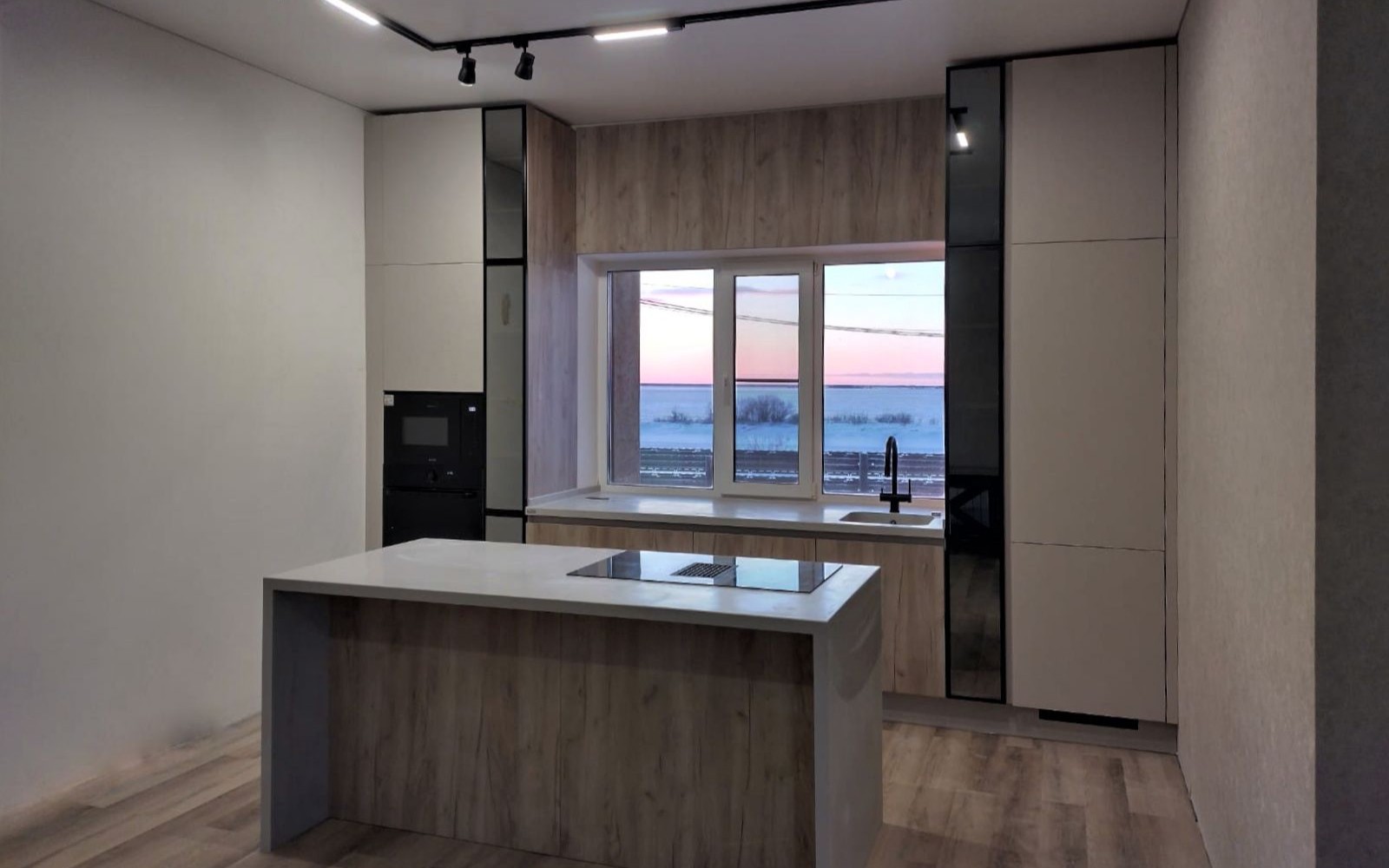
Introduction to Transformative Kitchen Design Solutions
The kitchen is often referred to as the heart of the home, a central hub where family and friends come together to share meals and create memories. However, the traditional kitchen design may not always meet the evolving needs of modern lifestyles. Transformative kitchen design solutions are all about adapting and innovating the existing space to cater to functionality, aesthetics, and technology, ensuring that the kitchen is not just a place for cooking, but a versatile, efficient, and enjoyable area of the home.
Maximizing Space with Smart Storage
One of the key components of a transformative kitchen design is intelligent use of space. Smart storage solutions can greatly enhance the functionality of the kitchen. This could include pull-out cabinets, corner drawers, pantry organizers, and custom-built ins to reduce clutter and increase efficiency. With clever storage, every utensil, appliance, and ingredient can have a designated spot, leading to a more organized and streamlined cooking environment.
Incorporating Multifunctional Islands
Kitchen islands have become a cornerstone in modern kitchen design. Going beyond simple counter space, transformative designs incorporate multifunctional islands that can serve as dining tables, additional storage, prep areas, and include built-in appliances. Options like extendable surfaces or pop-up electrical sockets add to their versatility, adapting to various needs throughout the day, from meal preparation to homework or casual dining.
Embracing Technology
Technological advancements can significantly enhance the kitchen experience. Smart kitchens with Internet of Things (IoT) devices allow for improved appliance functionality and connectivity, offering homeowners convenience and energy efficiency. Features like smart refrigerators, ovens that can be controlled remotely, and hands-free faucets are becoming increasingly popular in transformative kitchen design, making the space more responsive and user-friendly.
Green & Sustainable Practices
Sustainability is becoming a priority for many homeowners, and kitchen design is no exception. Using eco-friendly materials, such as recycled glass countertops, bamboo flooring, and low-VOC paints, contributes to a healthier environment and can also reduce carbon footprints. Energy-efficient appliances and LED lighting can lower utility bills and conserve resources, aligning kitchen design with green living principles.
Flexible Layouts for Changing Needs
Flexibility is at the core of transformative kitchen design. Adjustable layouts that can accommodate different activities and social arrangements are crucial. This could mean an open floor plan that allows for free movement and visual connection with other living spaces or even modular elements that can be reconfigured as needed. Such adaptability means the kitchen can evolve with the changing demands of family life and entertaining.
Conclusion: Future-Ready Kitchens
The essence of transformative kitchen design lies in creating spaces that are not only functional and beautiful but also adaptable to future requirements and technological innovations. The kitchen should be a reflection of the homeowner's lifestyle, incorporating design solutions that can grow and change. By embracing smart storage, multifunctional elements, technology, sustainability, and flexibility, we can craft kitchens that are not only equipped for today's needs but can also anticipate the needs of tomorrow.